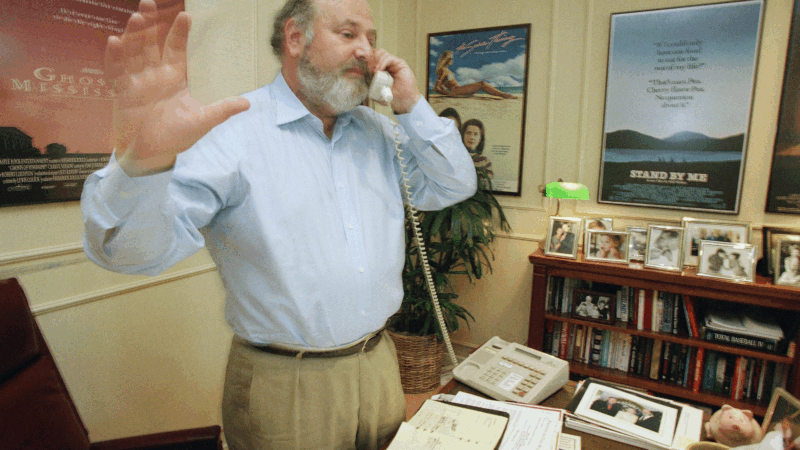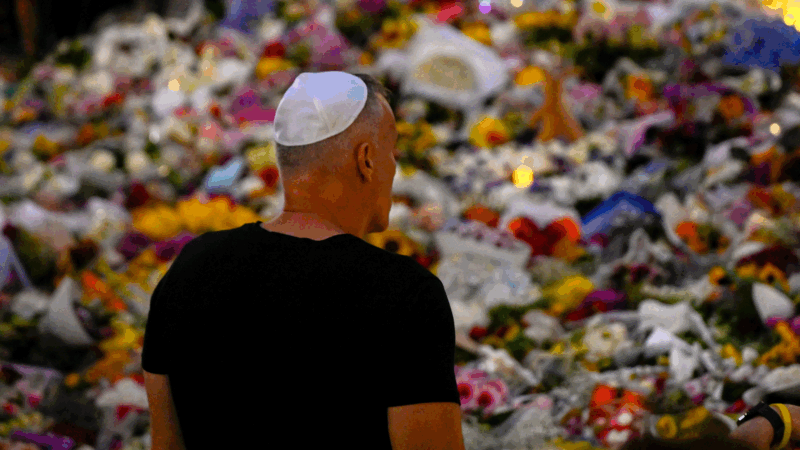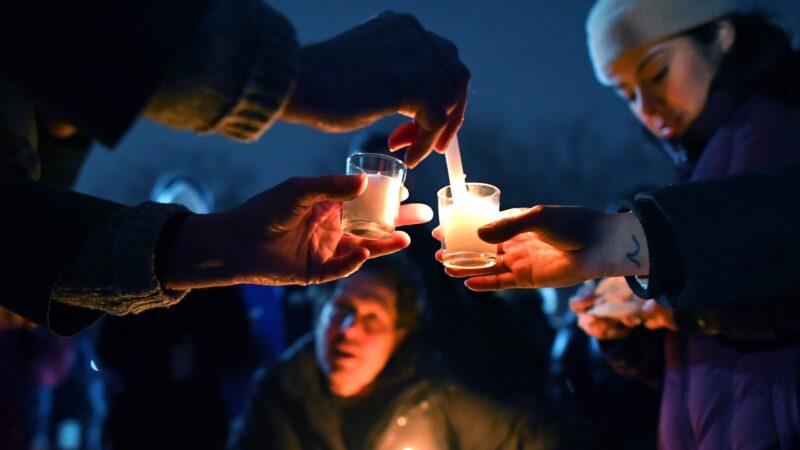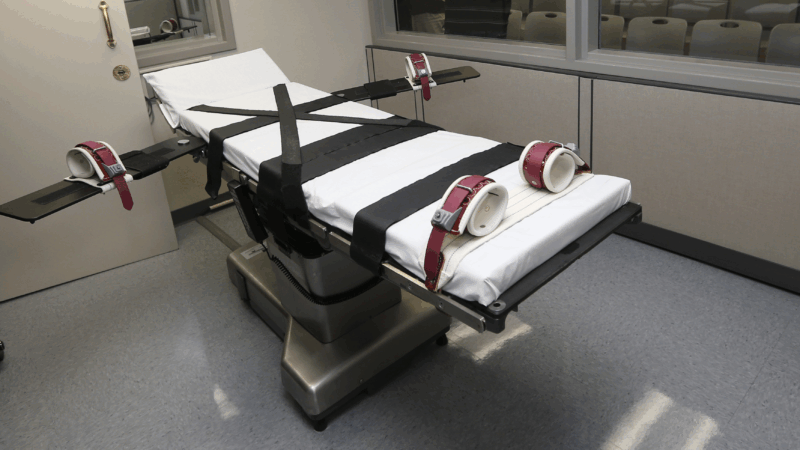$21 Million Study Will Research Health Disparities in the Rural South
People who live in rural parts of the South are 51% more likely to die from heart disease than people who live in metropolitan areas outside the south, according to Suzanne Judd, a professor in the School of Public Health at the University of Alabama at Birmingham (UAB).
“We know there’s a huge rural-urban health disparity in terms of life expectancy and cardiovascular disease burden,” Judd says.
A new study funded by the National Institutes of Health will try to figure out what causes this disparity. The Risk Underlying Rural Areas Longitudinal (RURAL) Cohort Study includes researchers from 16 institutions across the country. UAB is one of the lead partners and will serve as the recruitment and retention center.
The RURAL project will study around 4,000 people who live in the rural South. Researchers are going to build a clinic on wheels that will house a full-sized CT scanner and travel to 10 counties across Alabama, Mississippi, Kentucky and Louisiana. Participants who enroll in the study will get a comprehensive health screening and genetic testing. They will also be interviewed about their environment and lifestyle choices.
Judd says the study also includes funding to hire community health workers to recruit participants and connect them with local resources.
“The goal is to actually have some infrastructure in the county,” Judd says, “so that we’re not just walking in and walking out, that we’re leaving behind some infrastructure related to health.”
The RURAL study is funded with $21.4 million from the NIH to last six years. In Alabama, research is likely to take place in Wilcox and Dallas counties.
Ford pulls the plug on the F-150 Lightning electric pickup truck
Ford says it is "following the customer" in discontinuing its large electric pickup, which was well-received but never profitable. Ford will keep the Lightning name alive as a plug-in hybrid.
Remembering Rob Reiner, who made movies for people who love them
The movies Reiner directed, from A Few Good Men to The Princess Bride, weren't just good — they were people's favorites, the types of films people come back to again and again.
Australia announces strict new gun laws. Here’s how it can act so swiftly
Less than 48 hours after the deadly attack at Sydney's Bondi Beach that left more than a dozen dead, Australian authorities announced proposals for sweeping new gun laws.
An Alabama woman is among two who died in the Brown campus shooting
Mountain Brook-native Ella Cook's life was cut short Saturday when a gunman opened fire inside a classroom in the engineering building.
Executions nearly double in 2025 due to dramatic rise in Florida
This year, 48 people are expected to be executed in the U.S. Meanwhile, fewer new death sentences are being issued, and public support for the death penalty is at its lowest point in over 50 years.
Brian Walshe, who searched for crime tips online, is convicted of his wife’s murder
Walshe said his wife left town for a work emergency in January 2023. Investigators found items like a hacksaw, bloody rugs and her COVID vaccine card in dumpsters — and chilling searches on his devices.







